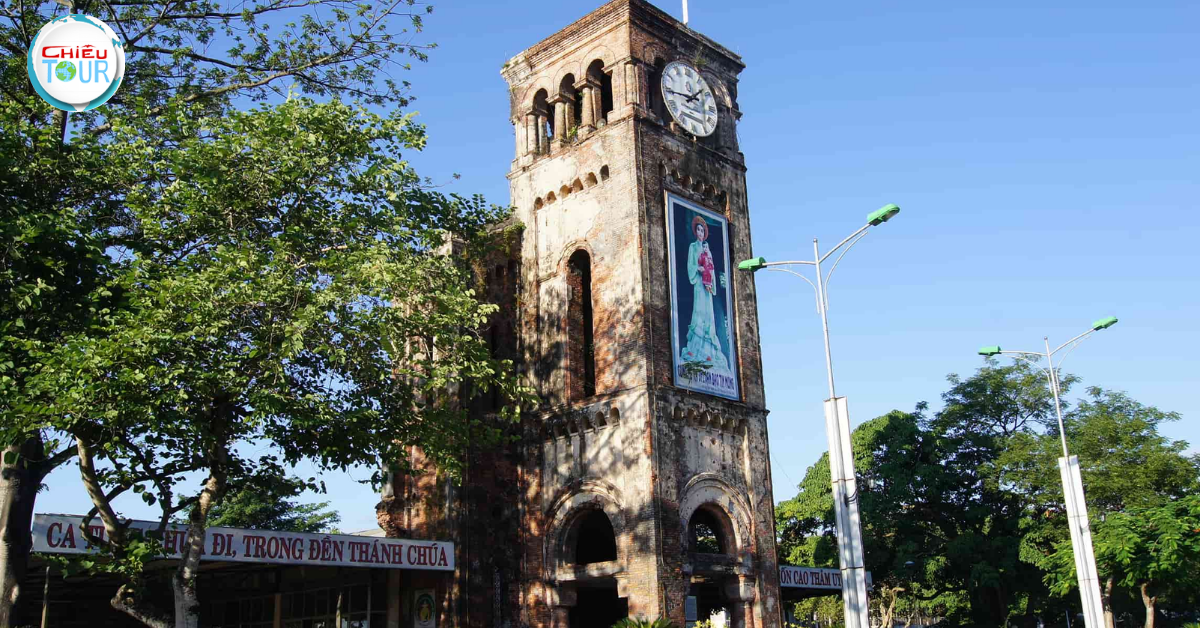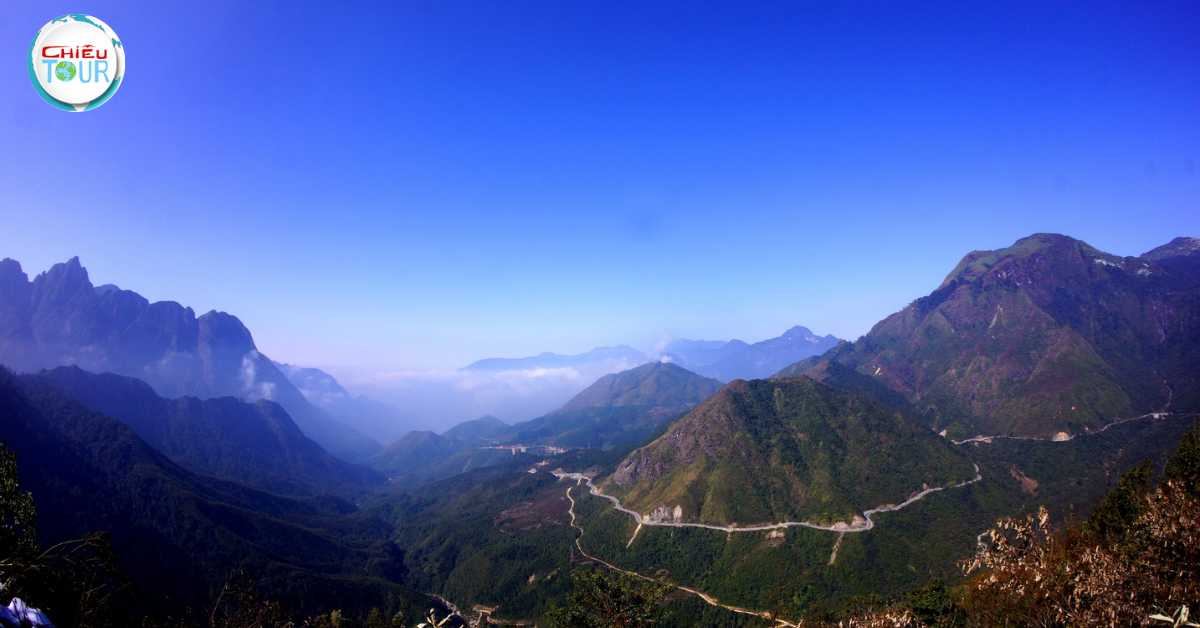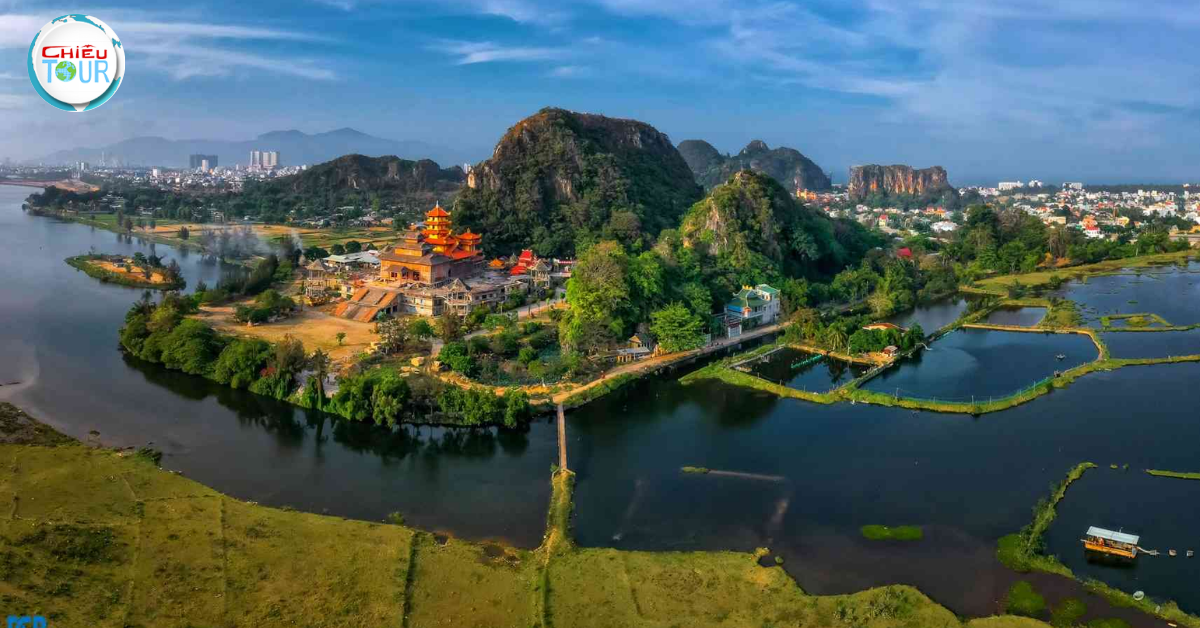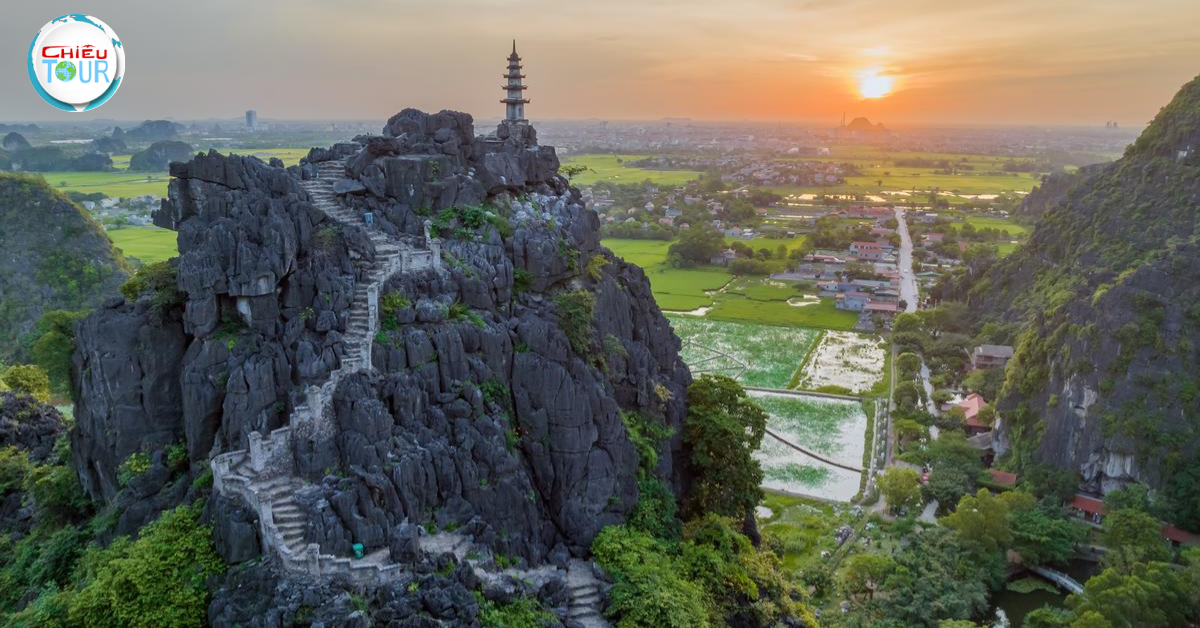La Vang Holy land
- Author: Admin
- | Hot destination
The La Vang Holy Land is a significant pilgrimage site that attracts visitors and devotees from all corners of the globe. Nestled amidst lush greenery and serene landscapes in Vietnam's Quang Tri Province, this site holds profound spiritual and historical importance to many Catholics. The existence of La Vang is not just a testament to religious faith but also a symbol of resilience and hope. Here, we will embark on a journey exploring the rich history, cultural significance, and spiritual allure of La Vang Holy Land.
Historical Context of La Vang Holy Land
Understanding the La Vang Holy Land necessitates a look back at its historical backdrop. This sacred place has been steeped in narratives of faith, perseverance, and divine intervention through centuries of turmoil and tribulation.

The Origins of La Vang
La Vang’s origins trace back to the 18th century during the French colonial era when Vietnamese Catholics faced vicious persecutions. Amidst the oppressive atmosphere, a group of believers sought refuge in the dense jungle surrounding the La Vang area. It is here that they encountered visions of the Virgin Mary, who comforted them in their time of distress.
Through oral traditions and accounts handed down through generations, these experiences solidified La Vang as a holy site. The legends indicate that Mary appeared with a message of hope and solace for those enduring hardships. This event marks the inception of La Vang's significance to the Catholic community.
The Evolution of La Vang as a Pilgrimage Site
Over the years, La Vang transformed from a quiet jungle refuge into a prominent pilgrimage destination. As word spread about miraculous events and sightings, thousands of people began to flock to this holy land seeking spiritual healing and blessings.
In the early 20th century, a church was built in La Vang to accommodate the growing number of pilgrims. Despite the political upheaval and conflicts that plagued Vietnam, La Vang emerged resiliently, serving as a sanctuary of peace and prayer. Today, the architectural beauty of the La Vang church stands as a reminder of both divine grace and human endurance.
Cultural Significance of La Vang Holy Land
La Vang Holy Land goes beyond mere historical accounts; it embodies a tapestry of cultural practices and rituals intertwined with the lives of its devotees. The unique blend of Vietnamese culture and Catholic traditions gives La Vang a distinctive identity.
The Role of Festivals and Celebrations
Every year, the La Vang Holy Land hosts a myriad of festivals that attract both local and international pilgrims. The most notable is the Feast of Our Lady of La Vang, celebrated annually on the 15th of August. During this vibrant festival, thousands converge at the site for a week-long celebration filled with prayers, processions, and traditional music.
These festivities provide an essential opportunity for the community to come together in gratitude, remembrance, and renewal of faith. They are a vivid expression of collective identity and offer a moment to reflect on the trials overcome by the Church in Vietnam.
Traditional Practices among Devotees
Devotees visiting La Vang often engage in various rituals that have been passed down through generations. Lighting candles, offering flowers, and praying in front of the statue of Our Lady are common practices. Many believe these actions symbolize their devotion and commitment to their faith.
Additionally, some pilgrims partake in the act of confession, seeking to purify their souls before engaging in communal worship. These rituals reinforce the community's bond while fostering personal connections with the divine. Personal narratives of miraculous healing or answered prayers further enhance the rich tapestry of experiences woven around La Vang Holy Land.
La Vang in Modern Context
The contemporary period sees La Vang Holy Land becoming an increasingly important site for interfaith dialogue. As global interest in spirituality transcends boundaries, La Vang stands as a beacon of hope and understanding. Visiting La Vang allows individuals from diverse backgrounds to appreciate the values of compassion, forgiveness, and unity.
Notably, as other religions and beliefs intersect with Catholicism in this space, opportunities arise for discussions centered around love, coexistence, and acceptance. In doing so, La Vang not only preserves its historical integrity but also embraces modernity while remaining true to its roots.
Spiritual Dynamics of La Vang Holy Land
The spirituality enveloping La Vang Holy Land creates an inviting atmosphere where many find solace and rejuvenation. Understanding the spiritual dynamics necessitates delving into the beliefs, practices, and emotional connections cultivated within this sacred site.

The Symbolism of the Virgin Mary
As the core figure of La Vang, the Virgin Mary represents motherhood, compassion, and protection for countless devotees. Her image resonates deeply, embodying a sense of safety and guiding light for those who approach her with open hearts and fervent prayers.
The Meaning of Miraculous Events
Many visitors recount personal experiences involving miraculous events attributed to the Virgin Mary's intercession. From physical healings to spiritual transformations, these testimonials illustrate that belief in divine presence can foster hope amid despair. Such occurrences enhance the spiritual energy surrounding La Vang Holy Land, reinforcing the faith of those who visit.
This connection between the sacred and the everyday also serves as a powerful reminder that miracles manifest in various forms—sometimes quietly, sometimes dramatically. Personal stories create a web of interconnectedness, weaving faith through shared experiences.
Meditative Practices and Prayer
Pilgrims often come to La Vang searching for peace. In response, numerous meditative practices have emerged, allowing individuals to tap into their spirituality in profound ways. The natural beauty surrounding La Vang encourages reflection and contemplation.
The Power of Silence in Solitude
Amid the bustling crowds, moments of solitude can be found within the tranquil surroundings. Visitors often take the opportunity to escape the noise of everyday life and simply listen. Such periods of silence can lead to introspection and self-discovery.
In this retreat-like atmosphere, the act of prayer becomes an intimate conversation with the divine. Participants may experience heightened awareness of their inner thoughts and feelings, leading to emotional catharsis and spiritual growth.
Group Prayers and Communal Worship
The shared experience of group prayers amplifies the spiritual atmosphere of La Vang Holy Land. Pilgrims joining together forge bonds through ritualistic expressions of faith. Communal worship signifies unity and solidarity among believers.
Prayer gatherings instill a sense of belonging, providing both support and encouragement. As participants express their hopes and challenges collectively, they build a formidable spiritual network that nourishes each individual's faith.
The Healing Aspect of La Vang
Healing, both physically and spiritually, is a prominent theme for many visiting La Vang Holy Land. The interplay of environment, belief, and community fosters a unique atmosphere conducive to healing processes.
Emotional and Psychological Healing
For many, the pilgrimage to La Vang represents a critical step towards emotional healing. Individuals carrying burdens may find solace in their journey as they connect with something greater than themselves. The clear intention of healing guides them through prayer and reflection.
Personal stories of resilience emerge from this healing journey, reflecting the transformative power of faith and the human spirit. Such narratives reveal how La Vang can play a pivotal role in breaking cycles of suffering and ushering in newfound hope.
Physical Healing Experiences
Numerous accounts of physical healing further enrich the spiritual narrative of La Vang Holy Land. Whether through the intercession of the Virgin Mary or the sacred energy of the land, many pilgrims report experiencing alleviation from ailments or chronic conditions during their visits.
While skepticism often arises regarding claims of miraculous healing, stories of restored health inspire those who visit La Vang. These experiences highlight the intertwining of belief, faith, and the potential for transformation.
FAQs

What is La Vang Holy Land known for?
La Vang Holy Land is primarily known as a pilgrimage site for Catholics, commemorating the apparition of the Virgin Mary to Vietnamese Catholics during times of persecution. It symbolizes hope, resilience, and faith in divine intervention.
How do I get to La Vang Holy Land?
To reach La Vang Holy Land, travelers typically fly into Huế International Airport and then travel by car or bus to Quang Tri Province. The journey offers scenic views of Vietnam's countryside, enhancing the pilgrimage experience.
Are there accommodations available near La Vang Holy Land?
Yes, several accommodations ranging from guesthouses to hotels are available near La Vang Holy Land. Many establishments cater specifically to pilgrims, creating a welcoming environment for visitors seeking spiritual rejuvenation.
Can non-Catholics visit La Vang Holy Land?
Absolutely! While La Vang Holy Land holds profound significance for Catholics, individuals from all walks of life are welcome to visit. The site's inclusive atmosphere encourages dialogue and appreciation for diverse spiritual perspectives.
What should I wear when visiting La Vang Holy Land?
When visiting La Vang Holy Land, modest attire is recommended out of respect for the sacredness of the site. Comfortable clothing and shoes are advisable, as pilgrims may walk considerable distances while exploring the grounds.
Conclusion

La Vang Holy Land stands as an enduring testament to the power of faith, resilience, and communal spirit. Its deep-rooted history, cultural richness, and spiritual essence create a space where devotees unite in hope, healing, and reverence. Whether one seeks solace, connection, or answers to life's questions, La Vang remains a sanctuary offering countless opportunities for reflection and renewal. As individuals continue to explore the depths of their spirituality, La Vang Holy Land will undoubtedly remain a cherished destination, igniting the flame of faith within every pilgrim who steps on its sacred soil.
 Vietnam
Vietnam 





